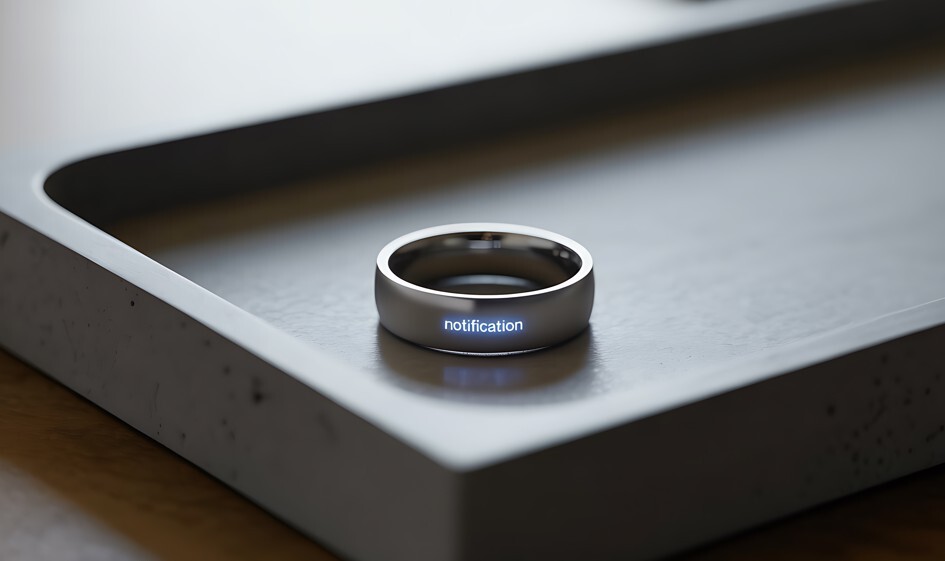Medical technology is evolving faster than ever, and it’s not always the big headline-grabbing inventions that make the biggest impact. Some of the most exciting devices quietly entering the market are designed to improve health, make treatments less invasive, and help people live better day to day.
In this blog, we’ll explore some of the coolest, brand-new medical devices that may not yet be household names but are shaping the future of healthcare right now. From smart rings that track your health while you sleep to tiny cameras that travel through your digestive system, these innovations show just how creative and practical medical device design has become.
Smart Rings: Health Monitoring on Your Finger
You may be familiar with wrist fitness trackers, but health tracking is transitioning to smaller, less clunky devices: smart rings. These rings are worn like jewelry but quietly monitor body functions and patterns such as heart rate, blood oxygen levels, and sleep quality.
One popular example is the Oura Ring 4, praised for its accurate sleep data and ease of use [1]. These rings collect information all night long, allowing users and doctors to better understand patterns related to stress, rest, and overall wellness [1]. Their small size means they’re comfortable enough to wear 24/7 without even noticing.
These rings are so reliable and revolutionary that their use extends past consumer purchasing. In October of 2024, Oura Health (known for the Oura Ring) struck a $96 million deal with the U.S. government to supply smart rings to U.S. military personnel [2]. The company has also previously worked with the U.S. Department of Defense, including past collaborations with the U.S. Air Force and Navy, on fatigue and health monitoring [2].
Smart rings represent a shift toward continuous, easy health monitoring outside clinical settings, helping catch potential issues early and encouraging healthier habits.
Capsule Cameras: Seeing Inside Without Surgery
Traditionally, doctors had to rely on invasive procedures like endoscopies to look inside the digestive system. Now, capsule endoscopy allows patients to swallow a tiny camera the size of a pill. As it travels naturally through the body, it snaps thousands of photos of the esophagus, stomach, and intestines [3].
The images are recorded on a wearable device and reviewed by doctors to diagnose problems like bleeding, ulcers, or tumors, avoiding uncomfortable tubes or sedation.
This technology is transforming gastrointestinal diagnostics by making the process less invasive, more comfortable, and easier to perform outside hospital settings.
Why These Devices Matter
What ties these innovations together is their focus on improving patient comfort, accessibility, and the overall quality of care. Each of these devices takes a problem that was once intimidating, invasive, or inconvenient, and turns it into a manageable, even seamless experience for patients. Smart rings allow people to monitor their health continuously without changing their daily routines, helping identify trends in sleep, heart rate, or stress that could signal potential health issues early. Capsule cameras replace uncomfortable and invasive endoscopic procedures, making gastrointestinal diagnostics simpler and less stressful for patients while still delivering accurate, actionable results. Handheld ultrasounds bring powerful imaging tools directly to clinics, ambulances, and even home visits, reducing delays in diagnosis and expanding access to advanced care for people in remote or underserved areas.
Beyond patient benefits, these devices highlight the creativity, problem-solving, and technical skill of engineers and designers in the medical field. They show that innovation isn’t just about creating futuristic technology, it’s about understanding real-world needs, iterating on designs, and finding ways to make healthcare more effective and approachable. Every small improvement, from miniaturizing a sensor to making a device wearable or portable, contributes to better outcomes, greater patient satisfaction, and a more resilient healthcare system.
In short, these innovations demonstrate that progress in medical technology doesn’t always require a blockbuster invention; sometimes, the most meaningful advancements come in small, thoughtful devices that make a big difference in everyday life.
Looking Ahead
As medical device design continues to evolve, expect more miniaturization, smarter sensors, and seamless integration with everyday life. These advances don’t just belong in labs or hospitals—they’re entering our homes, wrists, and pockets.
For engineers, innovators, and healthcare providers, the challenge is to keep turning ideas into devices that are not only high-tech but practical and accessible for all.
And for patients, it means better care that’s less invasive, more personalized, and increasingly connected to your daily life.
References:
[1] Grace Walsh, published 6 July 2025 in Reviews. “Forget Counting Steps, the Oura Ring 4 Helps Improve My Sleep Quality like Nothing Else.” Woman & Home, woman&home, 6 July 2025.
[2] “Oura Health.” Wikipedia, Wikimedia Foundation, 18 July 2025.
[3] “Medtronic Announces Successful First Ingestion of New PILLCAMTM Genius SB Kit.” Medtronic News, 12 Dec. 2024.
If you have questions about the development process, feel free to reach out for help. We do hundreds of free consults every year to help guide innovators along their path of device development.

